Online shopping provides a quick and convenient way to purchase products, and this is especially true for the...
Medicine Cups | Paper & Plastic
Dispense medications with portion , soufflé , or measurement cups designed to hold only one to two fluid ounces, such as the Premier Plastic 1 oz cup or a patient's pills. Medicine cups feature disposable plastic or paper construction or may be reusable. Paper medicine cups aare often used for dry medications. Plastic is the favorite for liquid medications.
Small plastic medicine cups are more popular, because they are usually transparent and
Medicine Measuring Cups
Types
- Dispenser Cups
- Sippy Cups
- Small Plastic Cups
- Paper Cup
Disposability
Nearly all medication cups are disposable and inexpensive. The disposable factor protects against cross-contamination, including residue from a previous dosage that, when mixed with another medication, could be very harmful, and is safer for patients to use. Disposable cups also mean no repetitious cleaning for the next use.
Between the two types of disposable medicine cups:
- Paper medicine cups are economical for delivering both solid and liquid medications.
- Plastic medicine cups tend to feature measurement markings along the side, ensuring you deliver the proper dose.
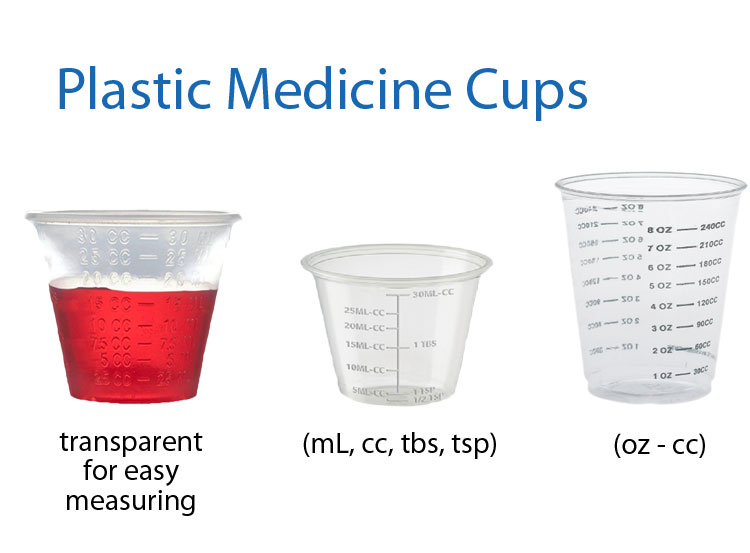
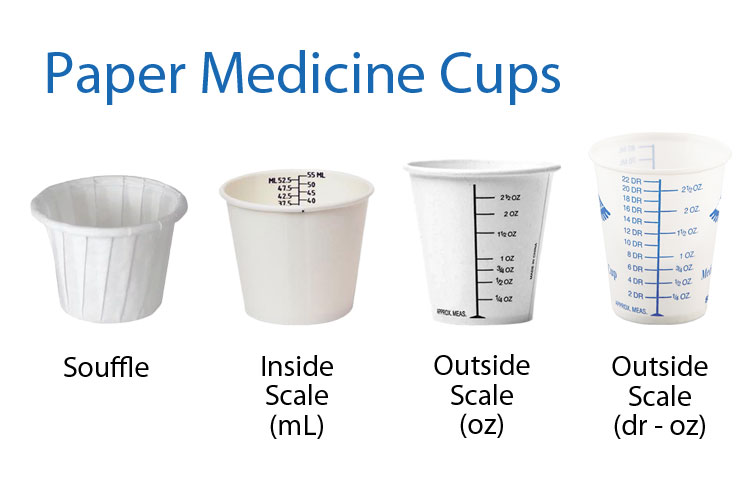
Medicine Cups
Measurements
Graduated measurements on plastic and sometimes on paper are calibrated to display volume. The volume may be displayed in several different formats, including metric, American standard and British Imperial. The 1 oz. and the 2 oz. medicine cups are the most popular. Many manufacturers use two or more of the following measurement variations printed on the side of the cup:
- milliliters (mL)
- cubic centimeters (cc)
- ounces (oz)
- drams (dr)
- teaspoons (tsp)
- tablespoons (tbsp)
Equivalency
- milliliters - 1 cc, 0.0352 ounce, 0.2705 dram, ¼ teaspoon.
- centimeters - 1 mL, 0.0352 ounce, 0.2705 dram, ¼ teaspoon.
- ounces - equivalent to 480 grains, 30 grams, 1/8 cup, 30 mL
- drams - equivalent to 1/16 ounce, commonly used for measuring powders.
- teaspoons - equivalent to 1/6 fluid ounce, 1/3 tablespoon, 5 mL.
- tablespoons - equivalent to 3 tsp, ½ ounce, 15 mL.
- Teaspoon and Tablespoon measurements are considered the least accurate.
The Benefits of Medicine Dosage Cups
Hospitals, nursing homes and other facilities routinely administer medications to patients. In these scenarios, a patient may be taking multiple pills or require a specific liquid dosage.
Medicine cups streamline this process:
- Doctors, nurses and other medical professionals can pre-measure or pre-sort all medications before visiting each patient.
- Clear markings allow medications to be measured directly in the cup.
- The organization and precision offered by medicine cups reduces the risks for giving a patient too little or too much.
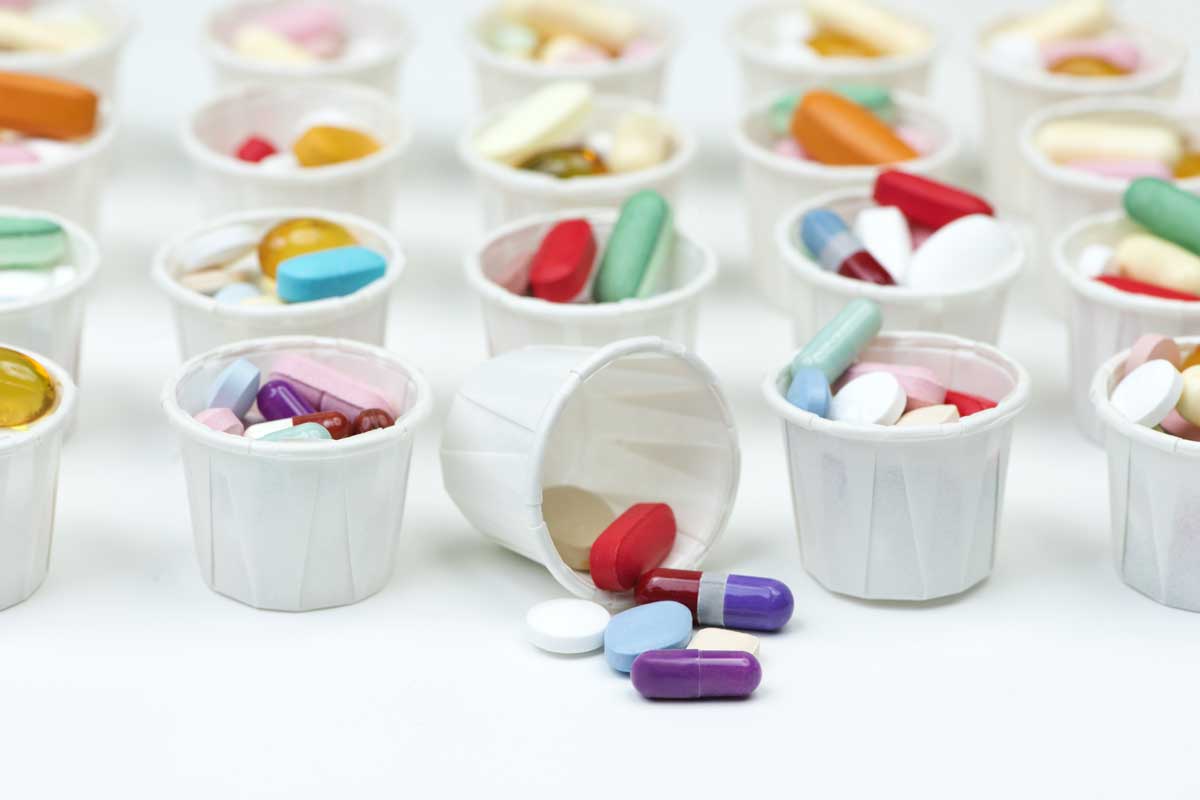
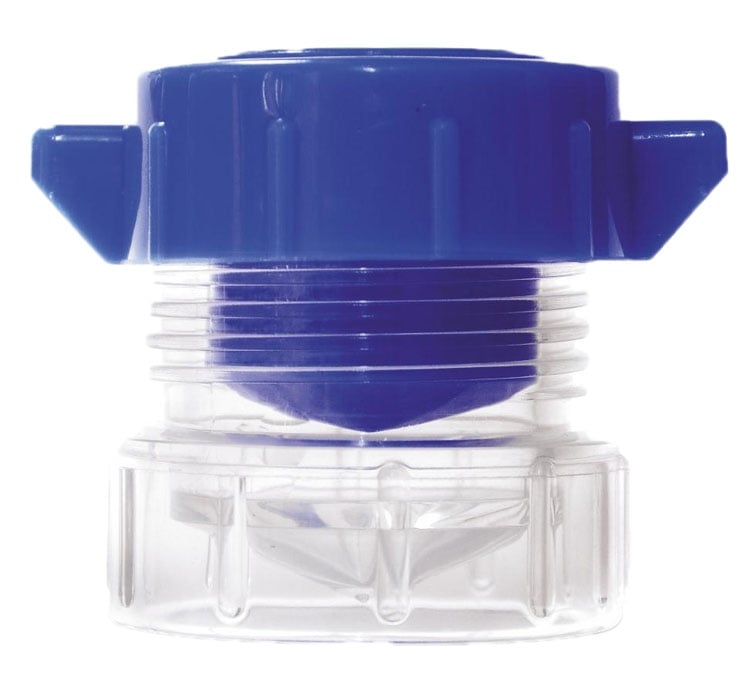
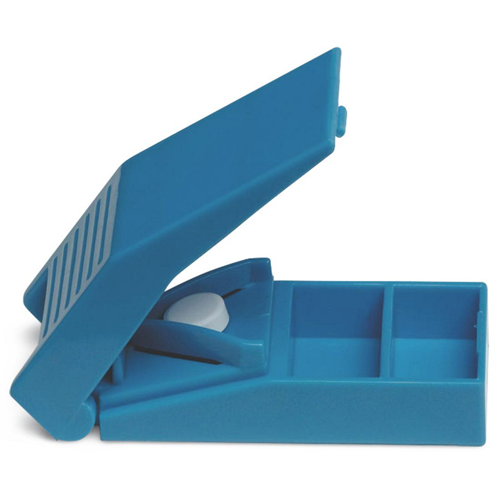
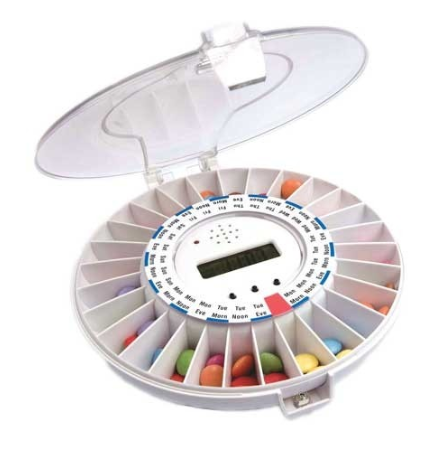
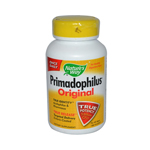
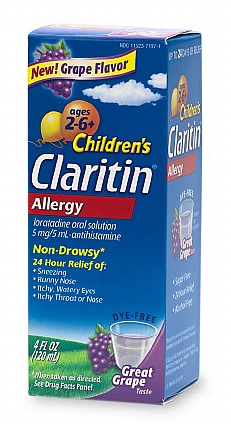

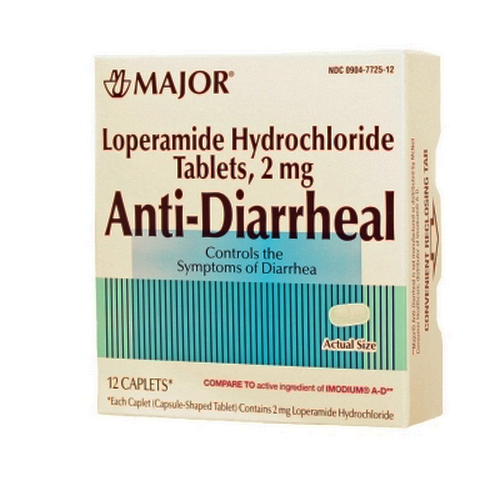
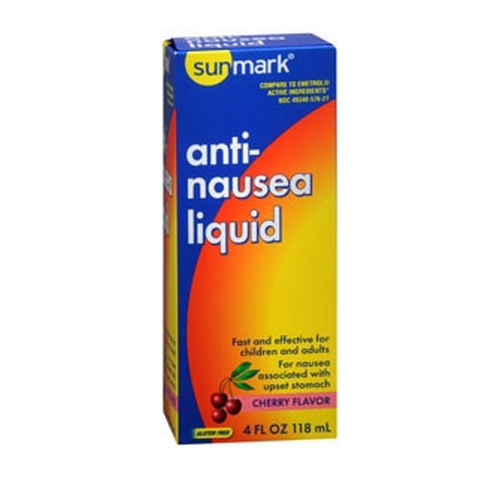
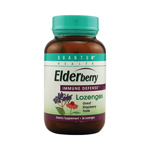


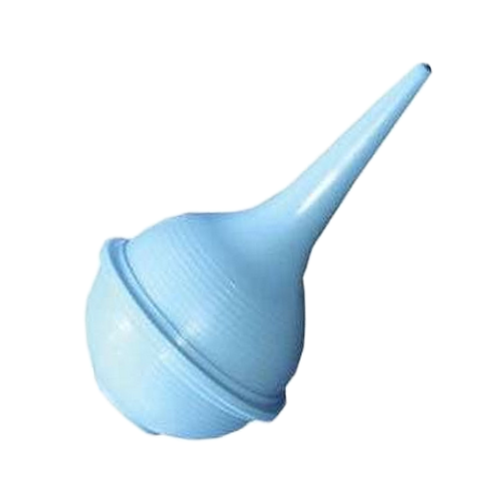
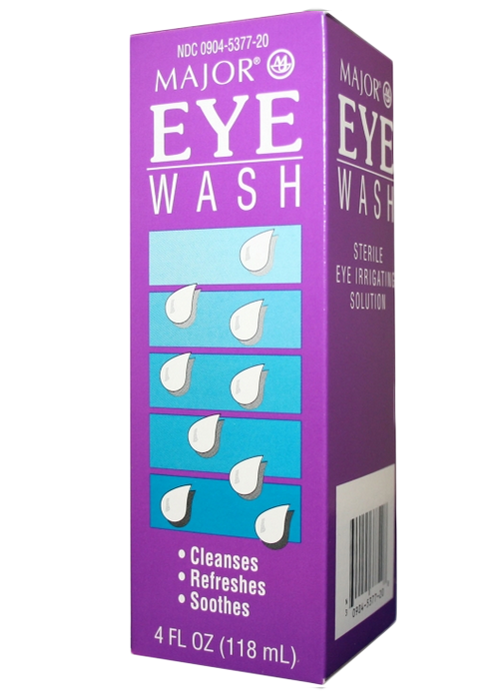
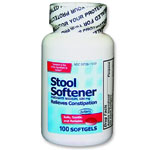
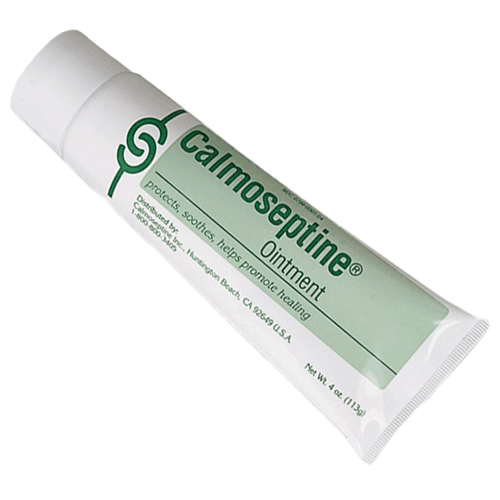
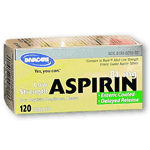
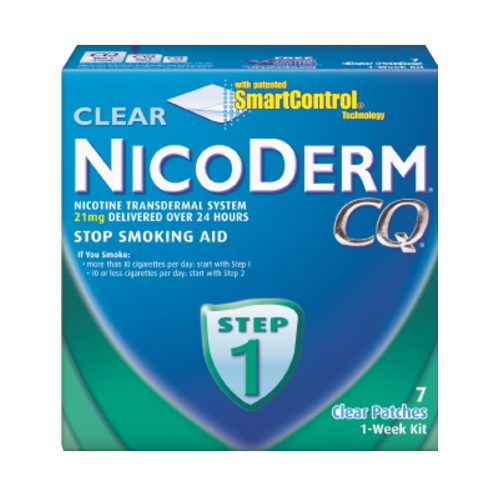
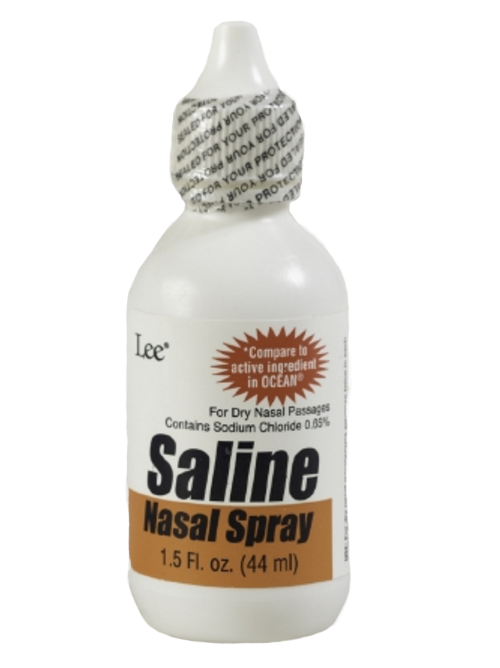
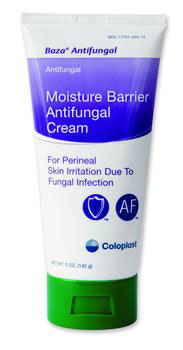
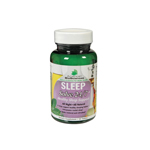
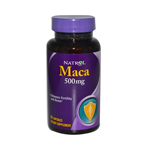

Login and Registration Form